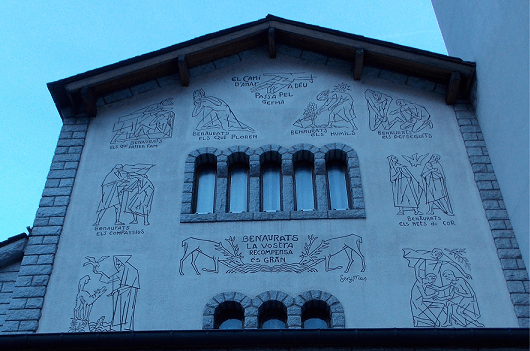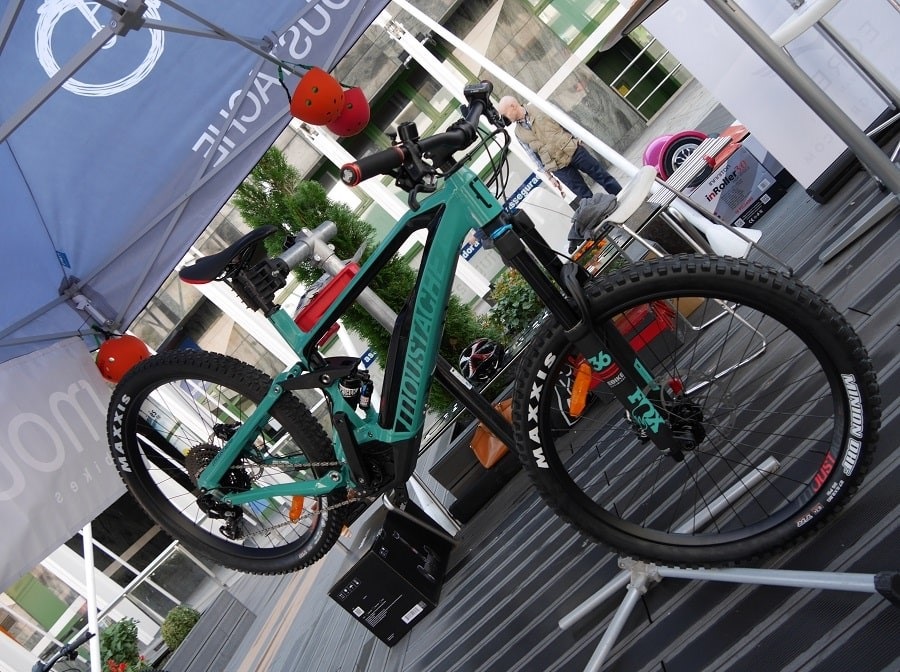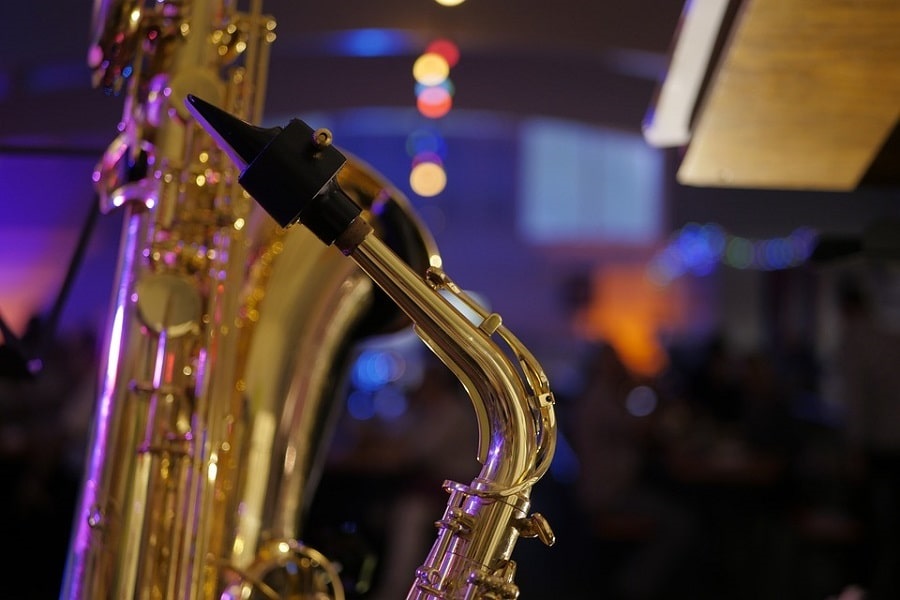” Look! Look! Oh how adorable! Where’s my mobile? I must have a photo!”
This is the common reaction of foreigners to their first sighting of the very smallest Andorrans on a cultural excursion. It often takes place on Sant Jordi, or Saint George’s Day, The Feast of the Book and the Rose. (Celebrated on 23rd April, I will be writing more about that in two weeks time.)
But what causes such cries of delight? Well, when going on a group outing, Andorra’s two and three-year-olds do not form up in a crocodile holding hands. No, they are linked together by a thick cord, often brightly coloured. Holding the front end of the cord is a teacher leading the way and frequently turning round to encourage the little ones to follow. At the other end is another teacher bringing up the rear and scooping up any tiny tots that manage to slip free. Sewn down either side of the rope are little loops of cloth, often patchwork bright. Each child has one wrist slipped into a loop while their other, outer arm is free to explore. And, hey presto, they are all safely under control.
While on the subject of tiny tots, this Saturday an Andorran friend, Inés Vila, invited me to visit Ordino’s Escola de Bressol or Cradle School where she works as a nursery teacher.
La Baldufa (meaning The Spinning Top), is a large nursery school run by the Comú/local authority of Ordino. Aristotle may have said, ‘Give me a child until he is seven and I will show you the man.’ Here the ambition is a little less grandiose. For a start they only take infants from 4 months to three years. And yet they are clearly hoping to keep alive Andorra’s centuries old cultural traditions.
Being a weekend, the school was empty. Nonetheless, as I came inside, Inés handed me disposable plastic covers to put over my outdoor shoes to reduce the risk of spreading infections. I personally believe that early contact with germs is important. It helps build up a robust immune system and probably cuts down on allergies. However, if dealing with 84 small children, I’d doubtless take follow the school’s precautions!
Yes that’s right: 84 babies and infants! Can you imagine! However there is also a staff of 22, all with special government training either as fully qualified infant educators or assistants.
I asked Inés, “What do you teach the children? How do you help root them in their culture?”
“Well, we sing traditional Andorran songs and recite nursery rhymes. When I was little we used to be taken on walks down to the village to meet the gent gran and sit on the ground listening to stories from their childhoods. Sadly, now, the really old are no longer in the villages but in residencies. But we take the children out everyday, weather permitting, to the playground, to see the horses, the river, the allotments with their flowers and vegetables, to familiarise them with nature and the environment.”
“Sant Jordi’s coming up, what will the children do for that?”
“Well, the older ones will be making simple bookmarks and paper roses and then they’ll dress up and we’ll put on a play for their parents: Sant Jordi and the Dragon. And this year, with Easter so close to Sant Jordi, we’re extra busy helping the children decorate paper eggs to take home.”
“What about books? Do you read to the children?”
“Of course. And every classroom has lots of picture books. ”
Most of Andorra’s libraries have a childrens’ storytime, mainly in Catalan but occasionally in French or English, all directed at the young and very young. Most interesting, at least to me, is Andorra’s University Public Library’s project, “Born to Read”, aimed at children aged 0 to 3. Studies have shown the benefits of telling stories or reading aloud to children from the first months of life. It not only strengthens the bond between parents and children but also promotes language skills, enhances observation, attention and concentration spans and develops in them a taste for learning. I certainly remember when I was little, the joy of having my mother read to me every night while I had my bath. Later, on Sundays when I was five or six, my father read Keats’ poems to me. I have loved Keats ever since.
For me, La Baldufa building was an eye-opener: large, modern, with spacious corridors, cheery murals and lots of windows – which must make it a fiendish place to heat in winter. But far from feeling too big, the building has been cleverly divided into classroom ‘suites’ with names such as Papallones or ‘Butterflies’ or, in Inés’ case, Els Gatets or ‘The Kittens’.
Accommodating up to ten children, every suite has a main classroom with lots of toys for role play, little chairs and tables, decorated lockers for each child’s nappies and change of clothes. Depending on age there is also either a sleep room with cots or one for siesta time (from 2pm to 4pm) where wooden wardrobes hold racks of brightly-coloured, plastic-covered, mattresses, for the children to kip down on. Each suite has its own nappy changing room plus tiny toilets for use and for potty training.
“Do all the comuns have their own nursery schools?” I asked.
“Almost all, though La Massana’s is run by a charity. There are also a number of privately run schools.”
“What about waiting lists? Is it difficult to get in?”
“Not really, certainly never longer than two or three months in ours. We also keep a few places free in case of an emergency, such as if a mother has to go into hospital”
“The big question of course is, how much does it all cost?”
“Well, there are three different rates: all day which can mean from 7.30am to 8pm and which includes a cooked lunch, costs the parents 355.40€ a month. The actual cost to the Ordino Comú is 700€ but they then subsidise each place by 52% which is why the school only takes children from our parish. There are lesser charges for mornings: 7.30 – 2pm and for afternoons: 2pm – 8pm.”
“And what about you, what hours do you work?”
“We work on a weekly rota basis so one week I work from 7am – 3.30pm, the next from 11am – 7pm and the third from 12md – 8pm. We close at weekends. But some of the schools, such as in Pas de la Casa where lots of parents work in the tourist industry, they stay open over the weekends too. All stay open on week days, 52 weeks in the year.”
For lunch the school has its own kitchens and dining room where children eat with their teachers and learn how to sit at table, how to behave and how to use a spoon.
Interestingly, once a day each classroom designates an activity for filming. When parents first enrol their children they are asked for permission to record them on film. All those who agree have the pleasure of receiving a brief video of their children deeply engrossed in the chosen activity – or not as the case may be – which is sent out to them via WhatsApp at the end of the day.
Aged two and a half or three, depending on their parents’ choice, each child says a fond farewell to their nursery teachers and takes a big step forward in their cultural journey. They move up to the state primary school just across the road.
Culturally yours,
Clare











